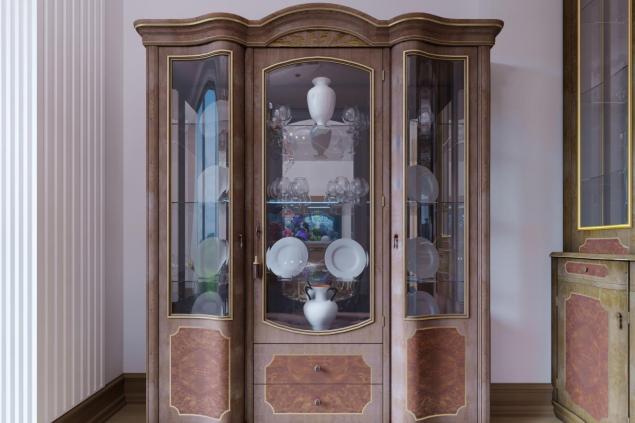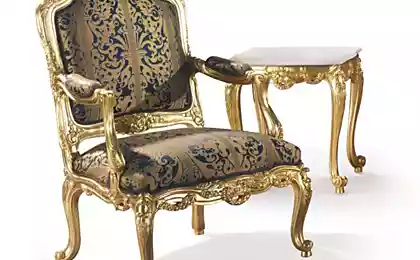164
Reincarnation of the Soviet buffet and old servant
Now the old sideboard, buffet or the same Soviet wall, sadly standing somewhere in the depths of the darkest room in the apartment, bring only sadness to their owners, and for elegant guests become an occasion for offensive jokes. But once such furniture was considered a sign of high income and well-being of the owners of the house.

Why has everything changed so dramatically and is it possible to turn an old headset bought in the late 80s into a source of pride? That's what the editorial board is about. "Site" I'd like to talk to you today.
Few people know that buffets appeared and were widely used in Sweden in the second half of the 17th century. Later, such furniture began to appear in the rich houses of the French, and eventually gained popularity in English-speaking countries.
At that time, there were hundreds of types of buffets. They were all of different sizes and heights, but the function was the same. Only the most expensive dishes (most often it was family porcelain) and items for serving the table could be stored in them.
40291.
The servant, in fact, is a simplified version of the buffet. This can be understood by the main distinguishing features of these interior elements. First, the buffet is much larger and higher than the servant. Usually they were placed in kitchens or canteens and stored there everyday kitchen utensils.

But the sidewalks were given an honorable place in the living room, because they did not occupy much space and were ideal for storing ceremonial dishes.

Secondly, usually the buffet has three sections, while in the sideboard you can count no more than two. And, thirdly, no less important difference is that there is a niche between the two main parts of the buffet, while the sidewalk has the upper showcase directly on the sidewalk.

Although it is believed that such furniture is dear only to immigrants from the USSR as a thing memorable to the heart, the fashion for ancient elements of decor still gradually begins to return. In connection with the promotion of environmental protection, young people have become more sensitive to such things. Now, instead of mindlessly throwing away old furniture, people are increasingly trying to find ways to give it a chance at a new life.

By the way, many people get it just grandiose! Restored buffets and sideboards look great not only in country houses, but also in new buildings, giving the interior of the dwelling chic in the style of Provence.
Do you think you should keep such furniture in your home?

Why has everything changed so dramatically and is it possible to turn an old headset bought in the late 80s into a source of pride? That's what the editorial board is about. "Site" I'd like to talk to you today.
Few people know that buffets appeared and were widely used in Sweden in the second half of the 17th century. Later, such furniture began to appear in the rich houses of the French, and eventually gained popularity in English-speaking countries.
At that time, there were hundreds of types of buffets. They were all of different sizes and heights, but the function was the same. Only the most expensive dishes (most often it was family porcelain) and items for serving the table could be stored in them.
40291.
The servant, in fact, is a simplified version of the buffet. This can be understood by the main distinguishing features of these interior elements. First, the buffet is much larger and higher than the servant. Usually they were placed in kitchens or canteens and stored there everyday kitchen utensils.

But the sidewalks were given an honorable place in the living room, because they did not occupy much space and were ideal for storing ceremonial dishes.

Secondly, usually the buffet has three sections, while in the sideboard you can count no more than two. And, thirdly, no less important difference is that there is a niche between the two main parts of the buffet, while the sidewalk has the upper showcase directly on the sidewalk.

Although it is believed that such furniture is dear only to immigrants from the USSR as a thing memorable to the heart, the fashion for ancient elements of decor still gradually begins to return. In connection with the promotion of environmental protection, young people have become more sensitive to such things. Now, instead of mindlessly throwing away old furniture, people are increasingly trying to find ways to give it a chance at a new life.

By the way, many people get it just grandiose! Restored buffets and sideboards look great not only in country houses, but also in new buildings, giving the interior of the dwelling chic in the style of Provence.
Do you think you should keep such furniture in your home?
What happens when you say a prayer before going to bed?
What to tell a man on earnings who is going to divorce for the sake of his mistress























